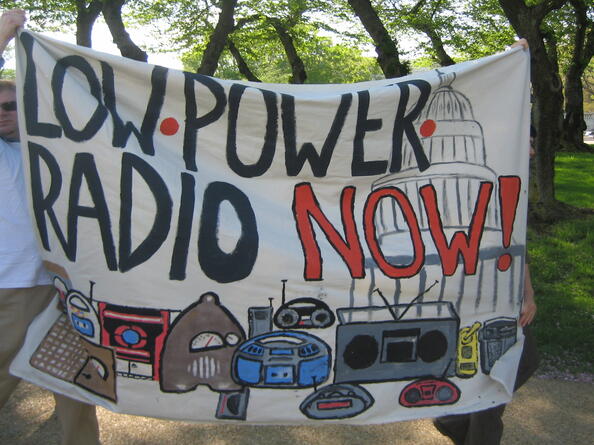With many possible twists and turns, the post-application process (described in the PDFs in References below) is mysterious at first, and occasionally fairly complex. Here are some common questions for the near future.
How many applications were filed?
Radio World reported that 1336 applications were filed. Prometheus’ cursory first-day analysis shows nearly 1,000 singleton applications with over 350 applications spread across nearly 150 potential MX groups. Those numbers will change considerably as the FCC reviews applicant submissions.
How do I check the status of applications at the FCC?
Usually just find your application with the online search (google for FCC LMS search), but for new-station applications, LMS withholds their status!! At first anyway. The only way to know if your “Pending” application is Accepted for Filing, and whether your legal obligation to post Public Notices has begun(!), is to search every one of the daily “Applications” notices from the FCC starting January 2nd — manually — see the Daily Digest links at the bottom.
Status Decoder Ring — Why is my application status “Pending” when I know I filed it?
Fun fact… besides Pending, the system knows about Submitted, Received, and Accepted for Filing — all of which sound more natural than Pending, but Pending is what new LPFM applications get. After the FCC has a look, most applications will either become Dismissed (potentially bad) or Accepted for Filing (good) and what happens next is a future topic. Dismissed applications aren’t necessarily the end of the line — a topic for another day.
Can I change my application?
Not yet. Amendments, as changes are called at this time, can be made starting after 6pm on January 31st. Then you can correct some mistakes, but not others, and you can change locations and channels following the rules for minor modifications like any other LPFM.
When will the FCC announce the status of singleton and MXed applications?
FCC staff said that “clean” singletons will become Accepted for Filing in the first week of 2024. It seems likely that MX groups will be identified in February. Historically MX group settlement periods are announced every few months covering different regions of the country, but the FCC may move faster this time.
A singleton is an application which seems to meet all of the requirements and whose status becomes Accepted for Filing. MX is short for mutually exclusive applications, which are those that the FCC cannot grant because they are too close to each other and on the same or a nearby frequency.
How do I know if I’m MXed?
The only official method is to wait for the FCC’s Public Notices (see next). An unofficial analysis is expected from REC Networks. Prometheus has analyzed potential MX groups, but our results are a bit rough to publicize. If you are part of our Torchbearer program, we’ll let you know all the details.
What’s next for MXed applicants?
Applications in MX groups will be evaluated for basic requirements, and some will probably get dismissed. The remainder will be announced, possibly as early as February, in one or more Tentative Selectee Public Notices which you can follow in the Daily Bulletin (see references below). Much of the competitive MX resolution procedure was described in Processing Announcement #1, but the individual Notices will complete the picture, including the timing and procedures for timesharing proposals. It’s a big topic.
What’s next for singletons?
Your application will get the magic status of Accepted for Filing and that begins your legal obligation to post Public Notices locally. If there are no petitions filed within 30 days, your application will attain the super-sexy status of Granted and then you have three years to build it and begin broadcasting, Within 10 days of broadcasting you must file your License to Cover application to get your actual license. Petitions and and Public Notices are topics for another time.
Will the FCC notify me? Well who sent me that notification then?
Uh, you mean you don’t keep a communications attorney on retainer to read the FCC Daily Digest and tell you anything you need to know, or have a salaried and trained manager or operations officer who does that? Historically that was the model, and you should manually checking Daily Digest to see if applications you care about are mentioned. Recently the FCC has started emailing stations about some things, but don’t count on it.
Obviously the daily manual-check model makes it easy to miss important events, so several companies have alert services which scour the FCC databases and email status updates to people, partly as an enticement to pay them for more-timely and more-thorough alerts. V-Soft is one company which sends occasional free alerts. Prometheus has an alert service too. Unfortunately those services probably won’t catch the critical change from Pending to Accepted for Filing since the FCC doesn’t update their public LMS data to reflect that change.
References:
- Check Applications and Status at the FCC
- FCC Application Processing Announcement #1 (PDF) — Most of the post-window roadmap is laid out here, but it is not easy for everyone to comprehend. Don’t skip the footnotes.
- FCC Post-window Information and Instructions (PDF) — The amendment freeze through 6pm January 31st
- Today’s FCC Daily Digest — Not a bad idea to skim every item from the Media Bureau every day.
- Historical FCC Daily Digests
